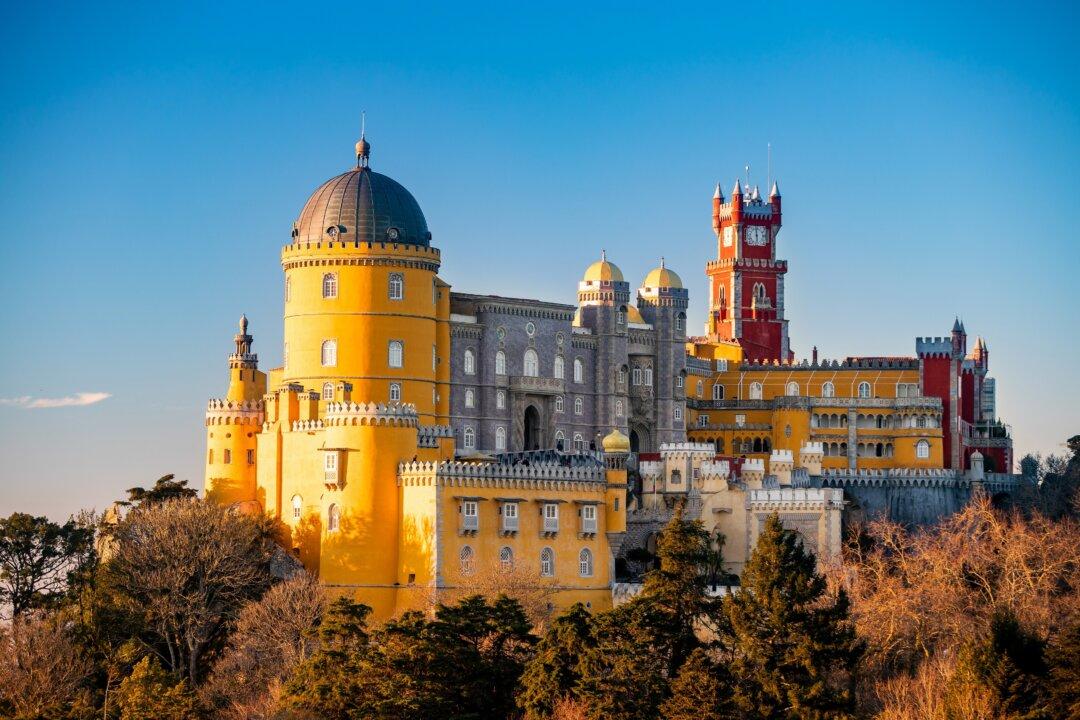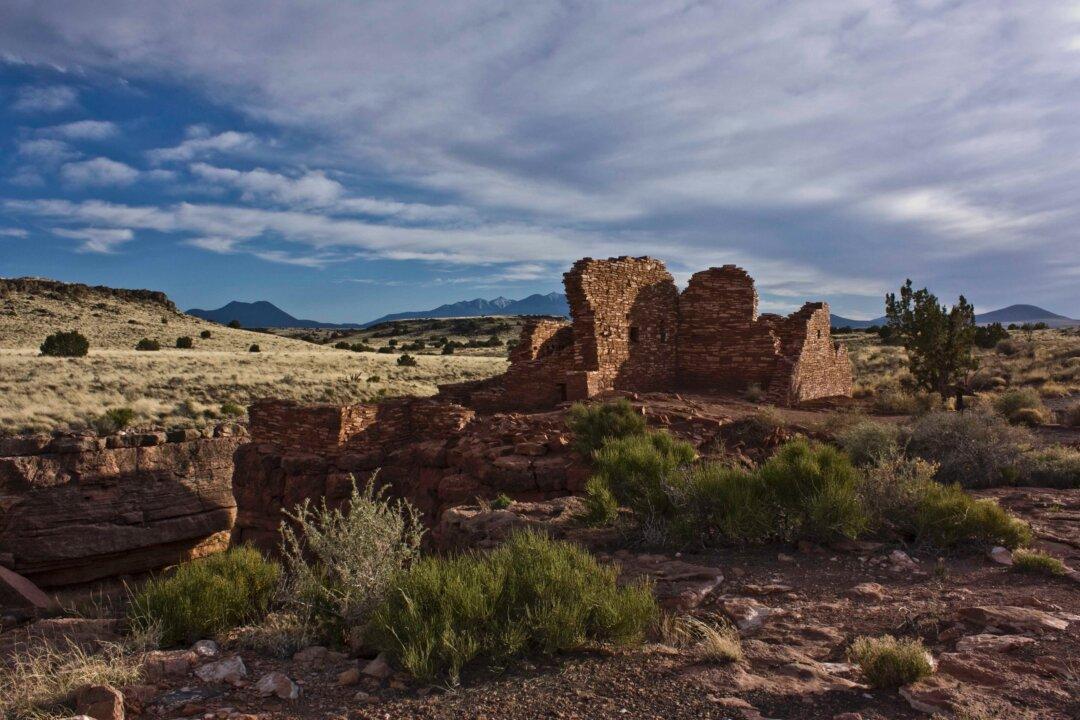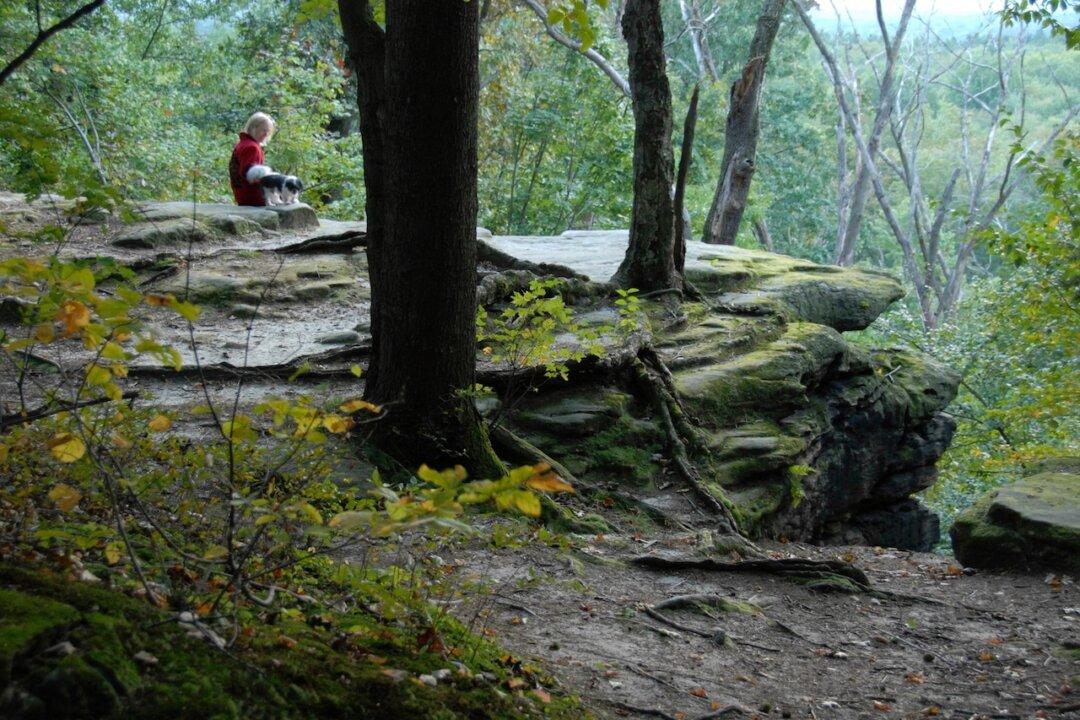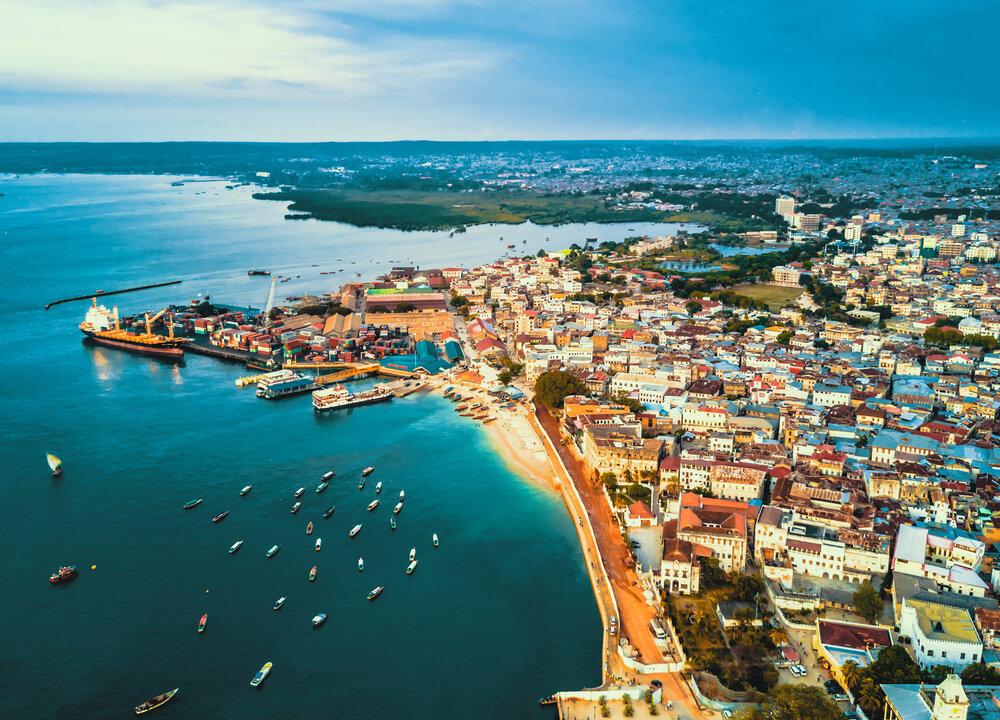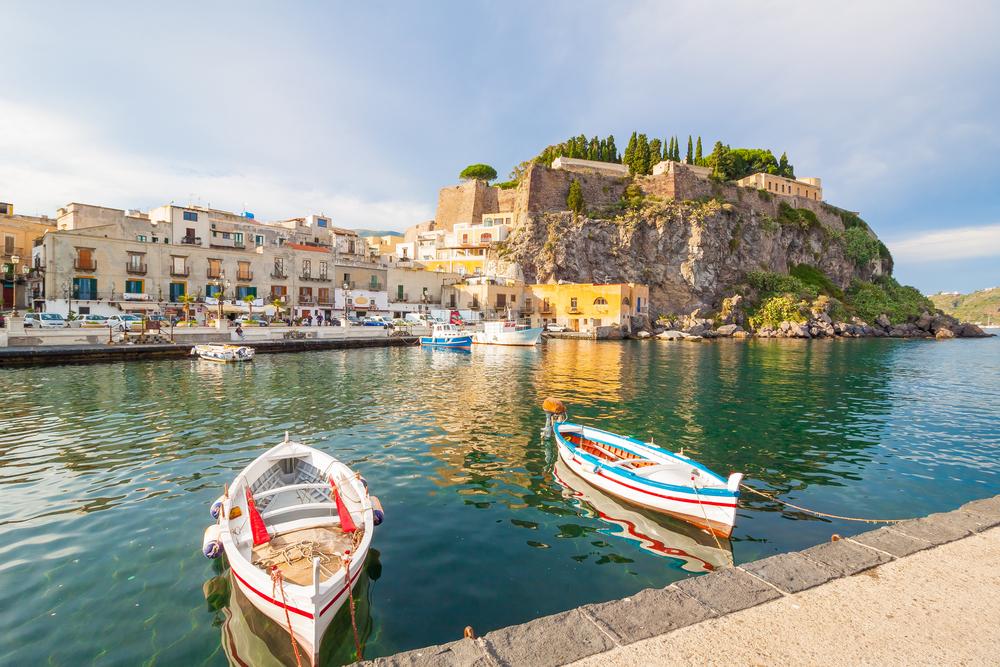Sitting high on a lush green hilltop overlooking Lisbon and the Portuguese Riviera, Pena Palace (Palácio da Pena) is a UNESCO World Heritage site, an exclamation point of Portuguese national pride, and a fascinating example of Romantic architecture. This colorful castle is often referred to as one of the Seven Wonders of Portugal.
Built between 1839 and 1854, on the orders of King Ferdinand II, the palace sits on the foundations of the sacred chapel Our Lady of Penha and later, a Hieronymite monastery. Baron Wilhelm Ludwig von Schewge is the German architect who created this iconic blend of Neo-Romanesque, Neo-Gothic, Neo-Manueline, Indo-Gothic, and Neo-Moorish styles. With active involvement from King Ferdinand and Queen Maria II, the well-traveled architect imbued Pena Palace with an exuberant and eclectic architectural style.

